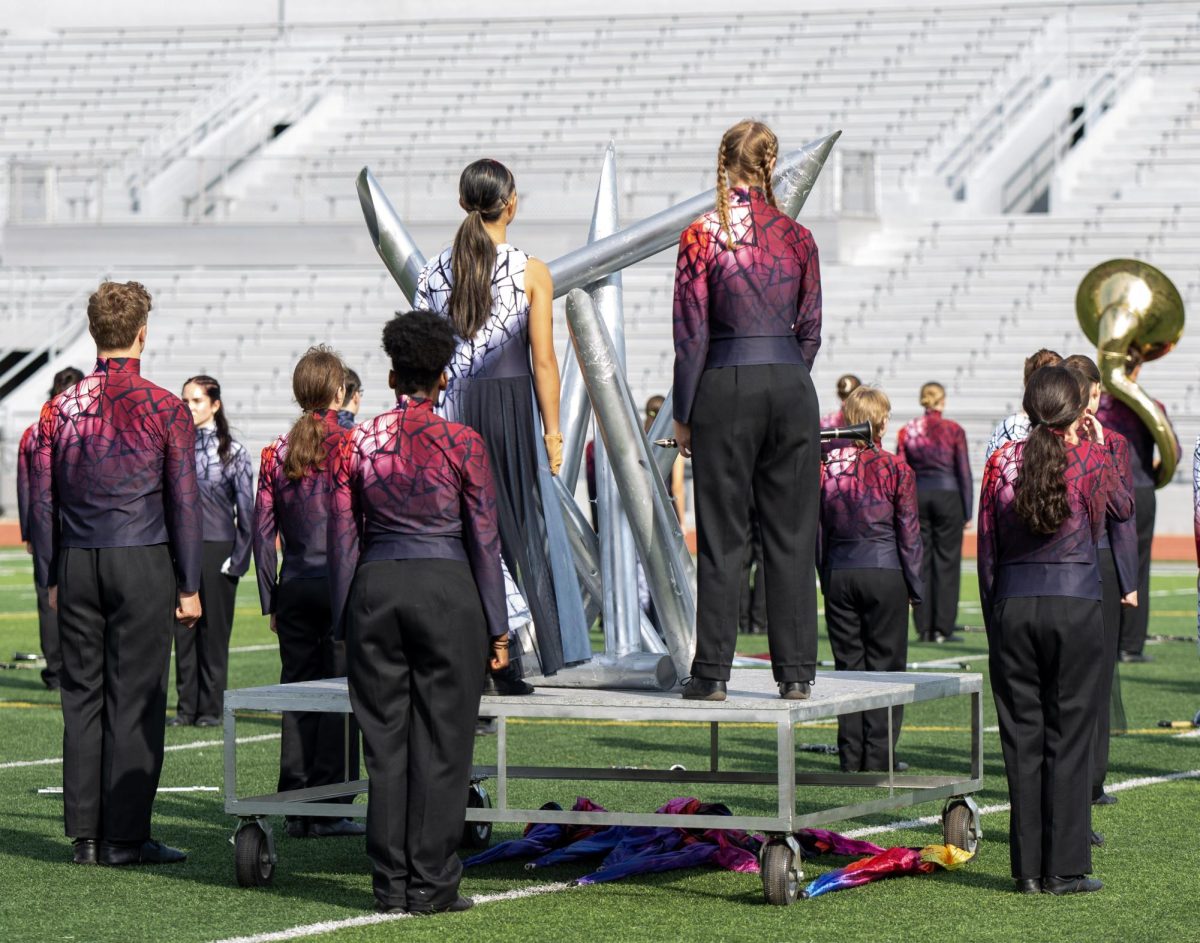What’s Happening to Women’s Rights?
Questions are being raised about the right way to go about abortions.
May 17, 2022
Monday, May 2, a draft majority opinion suggesting the overturn of Roe v. Wade was leaked to the public. The draft was written by Justice Samuel Alito and, should it go into effect, would put abortion rights in the hands of the states.
“We hold that Roe and Casey must be overruled,” Alito wrote in the document labeled “Opinion of the Court.”
The court’s opinion will not be finalized until it is properly published, but is expected to go into effect in late June or early July.
Roe v. Wade was established by the Supreme Court in 1973. It set guidelines for the availability of abortion.
Roe v. Wade established and protects the right to receive abortions. The law states, “must be considered against important state interests in regulation.”
Under Roe v. Wade, state governments can not prohibit late abortions when “necessary to preserve the life or health of the mother.” This rule was clarified by the 1973 Doe v. Bolton judicial decision.
Abortion is still legal in all U.S. states, but regular attempts to restrict it often occur. As of 2022, 28 states oppose abortion, 20 of those are likely to completely ban abortion.
When deciding to get an abortion, many factors play into why a person would want one.
Teen pregnancy is one of the most assumed reasons, but only accounts for around 19% of abortions, found in a study conducted by the Nation Abortion Federation (NAF). Teens are already experiencing enough social pressure with the rise of social media. Being pregnant as a teen leads to more judgment from peers and only harms them.
A teen is not normally ready for a kid, but what about the adults? Having children isn’t cheap and some people are just not able to properly provide for a child. The NAF found that 66% of those receiving abortions plan to have children later in life, when they’re financially able to care for them. Some also are unmarried and want their child to have two parents.
As the unborn fetus grows, it becomes more human-like. After the first trimester, it’s understandable why “pro-lifers” become more adamant about keeping the fetus alive. Despite this, 88% of abortions are obtained in the first trimester of pregnancy and half are obtained within the first eight weeks. Fewer than 2% occur at 21 weeks or later.
None of these factors account for the most traumatic reason though. The NAF found that around 13,000 women annually will receive an abortion as a result of sexual assault. Forcing a person to birth the child of their rapist can be highly traumatic to the survivor. The people who had to live through an awful experience should not have to be reminded of the event through their child. This wouldn’t be fair to the child either, who wouldn’t have a parent who was prepared for a child.
According to the World Health Organization (WHO), 45% of all abortions are unsafe. The overturning of Roe v. Wade will only raise this number and in turn will cause more death than it prevents.
More often than not, the child that is born ends up being put up for adoption.
The Adopt US Kids organization states there are 400,000 children currently in foster care, ranging from newborns to as old as 21. These children often stay in the foster system their entire childhood, then have to go into adulthood without a family to fall back on. By allowing women to receive abortions, fewer children will be sent through the foster care system.
After nearly 50 years of this law’s enactment, why is it being overturned now?
Sophomore Riana Kraft’s spirits were dampened when she heard about the overturning. She believes this has been in the works for a while.
“There has been a constant debate, especially in recent times, about whether or not safe abortions should be allowed,” Kraft said. “There has been a huge shift in dynamics regarding feminine and masculine identifying people’s roles and rights in society compared to 100 years ago, and some of the more controlling people are seeing now as an opportunity to try to shift that dynamic back to one similar to 100 years ago.”
In a study conducted by the Pew research project, 42% of women believe abortions should be legal compared to the 33% of men who believe they shouldn’t be. The decision to overturn Roe v. Wade is being made by a Supreme Court dominated by men. After decades of rising feminist movements, men are still the principal decision-makers on women’s bodies.
The fight for women’s rights has and will continue to be a long fight, but with every negative, there’s another positive.
“I think and I already see that there is so much more awareness about the issue,” Kraft said. “The awareness that this debate is getting will raise awareness for other important topics regarding human rights.”
The overturn of Roe v. Wade could lead to the loss of safe abortions, so what can we do to help?
The best thing students can do is raise awareness. Society can not understand the harmful effects of this overturn without being educated on the matter first.





























